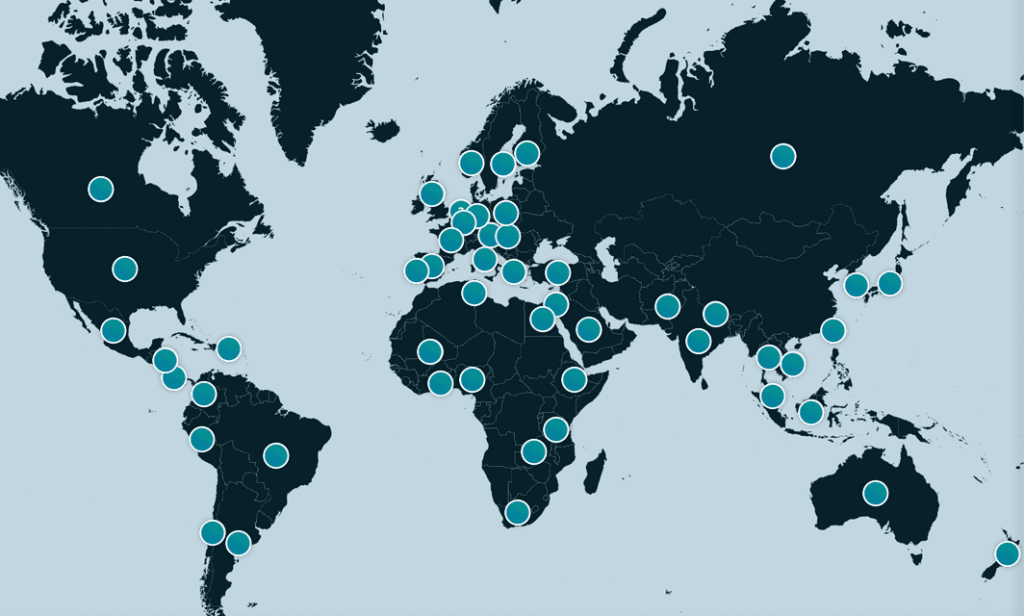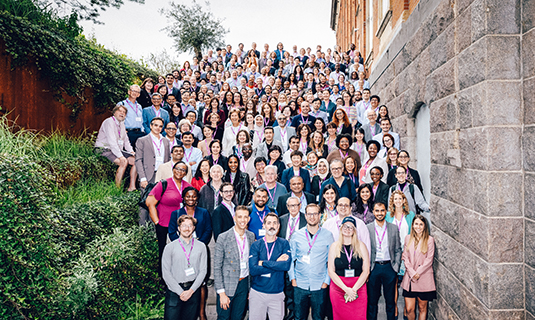The Global Parkinson’s Genetics Program (GP2) is a resource program of the Aligning Science Across Parkinson’s (ASAP) initiative focused on improving our understanding of the genetic architecture of Parkinson’s disease (PD) and making this knowledge globally relevant. The GP2 site is available in seven languages.
GP2 is made up of member organizations around the world that are coming together to create a global research community dedicated to rapidly addressing emerging research needs in PD. GP2’s work is aimed at using genetic knowledge to accelerate the path to the development and deployment of therapeutic strategies for PD.
In support of the mission, GP2 collects diverse cohorts from around the world through collaboration and openly sharing data, processes, and results. See the Cohort Dashboard to understand the milestones achieved so far.

GP2 Outputs
GP2 has developed tools and research outputs that can be utilized by the scientific community to support research endeavors. To learn more about GP2 outputs visit the ASAP Catalog, which lists the publicly available, ASAP-funded research outputs produced through the ASAP initiative.
GP2 Accolades
Members of GP2 have been recognized for their contributions.
- Open Science Champions: GP2 Team, Alejandro Martinez-Carrasco
- Awards
- Breakthrough Prize in Life Sciences (2024): Thomas Gasser, Ellen Sidransky, Andrew Singleton

Other Team Activites
- Updates will be posted when available.
In the News
Read more about GP2 news stories. See all relevant stories in the Newsroom.
- Risk factor for Parkinson’s discovered in genes from people of African descent (NPR, October 6, 2023)
- Gene variant found linking people of African descent to higher Parkinson’s risk (PBS NewsHour, August 30, 2023)

